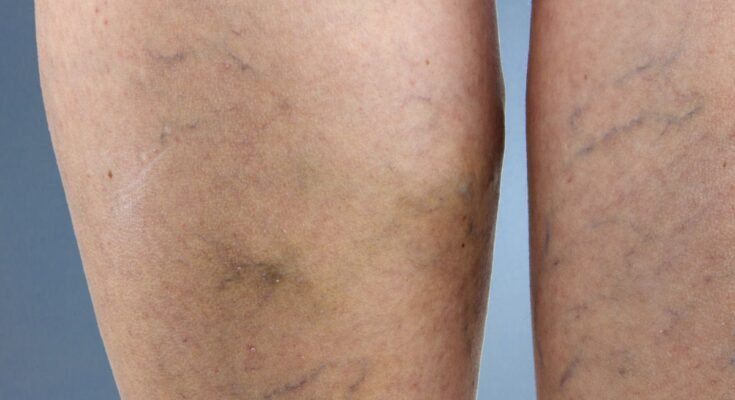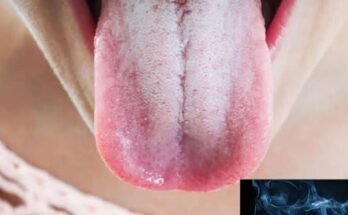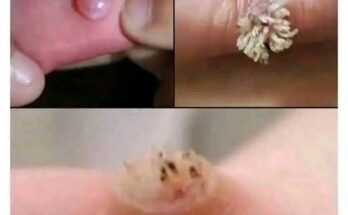Varicose veins are enlarged, twisted veins that often appear on the legs and feet. They occur when the valves in the veins that help regulate blood flow become weak or damaged, causing blood to pool and veins to swell. While they are often a cosmetic concern, they can also lead to discomfort and other health issues if not managed properly.
Identifying Symptoms and Causes
Common symptoms of varicose veins include aching pain, heaviness in the legs, burning or throbbing sensations, swelling, and visible bulging veins. Causes can range from genetic predisposition, obesity, pregnancy, prolonged standing or sitting, to age-related changes in vein elasticity.
Lifestyle Changes to Alleviate Discomfort
Making simple lifestyle changes can help reduce the discomfort associated with varicose veins. Elevating your legs when resting, avoiding long periods of standing or sitting, and maintaining a healthy weight can alleviate pressure on the veins. Wearing loose clothing and avoiding high heels can also improve circulation.
Exercise and Physical Activity Recommendations
Regular exercise is crucial for improving circulation and reducing varicose vein symptoms. Low-impact activities such as walking, swimming, and cycling are excellent choices. These exercises help strengthen the calf muscles, which act as a pump to push blood back to the heart, reducing vein pressure.
Dietary Adjustments for Vein Health
A diet rich in fiber, antioxidants, and flavonoids can support vein health. Foods like berries, citrus fruits, leafy greens, and whole grains can improve circulation and reduce inflammation. Staying hydrated and reducing salt intake can also help minimize swelling.
Home Remedies and Self-Care Techniques
Several home remedies can provide relief from varicose vein discomfort. Applying cold compresses can reduce swelling, while massaging the legs gently can improve circulation. Herbal remedies like horse chestnut extract and witch hazel are also known for their vein-strengthening properties.
Compression Therapy: Benefits and Usage
Compression stockings are a common non-invasive treatment for varicose veins. They apply gentle pressure to the legs, helping veins and leg muscles move blood more efficiently. It’s important to choose the right level of compression and fit, so consulting with a healthcare provider when possible is recommended.
When to Seek Medical Attention
While home management can alleviate symptoms, it’s important to seek medical attention if you experience severe pain, swelling, skin ulcers, or if the veins become hard and tender. These could be signs of more serious conditions like deep vein thrombosis or venous insufficiency.
Preventive Measures for Varicose Veins
Preventing varicose veins involves maintaining a healthy lifestyle. Regular exercise, a balanced diet, and avoiding prolonged periods of inactivity can reduce the risk. Wearing compression stockings during long flights or standing jobs can also be beneficial.
Conclusion: Managing Discomfort Effectively
While waiting for a doctor’s consultation, adopting these lifestyle changes and self-care techniques can significantly reduce the discomfort associated with varicose veins. Understanding the condition and taking proactive steps can help manage symptoms and improve overall leg health.



